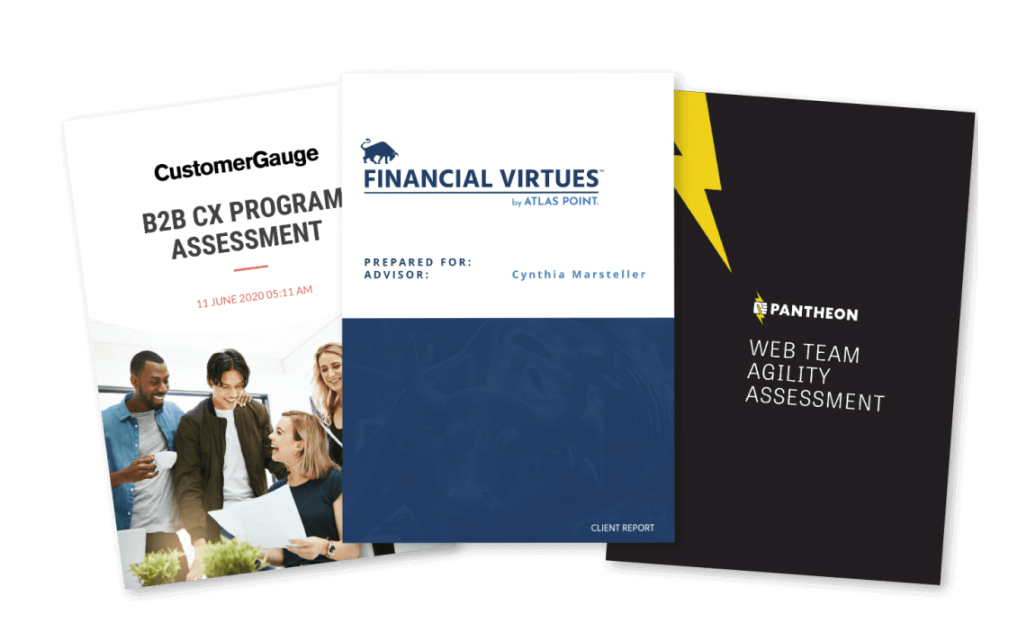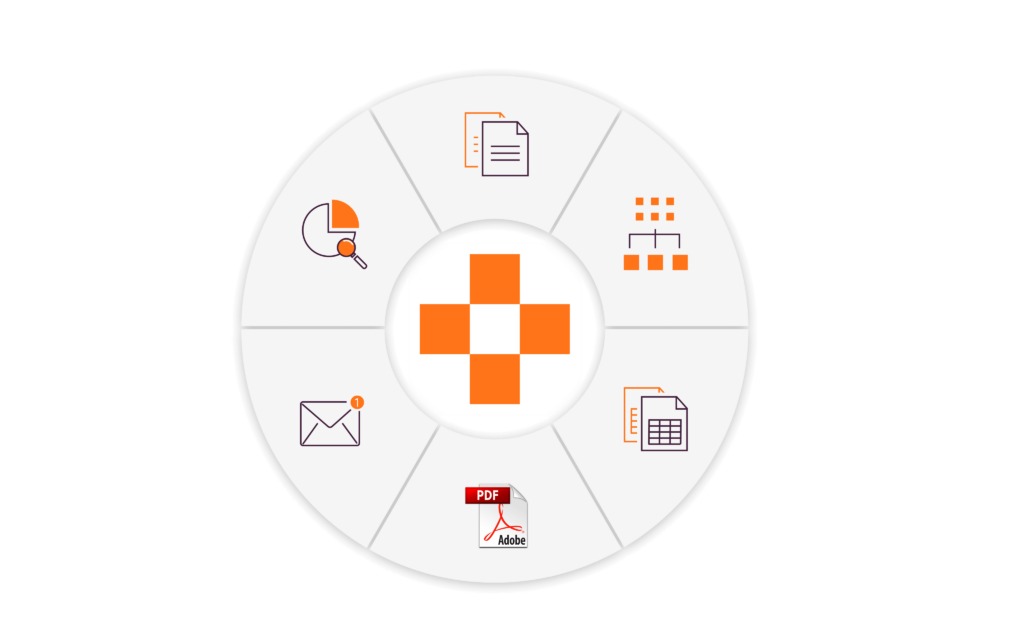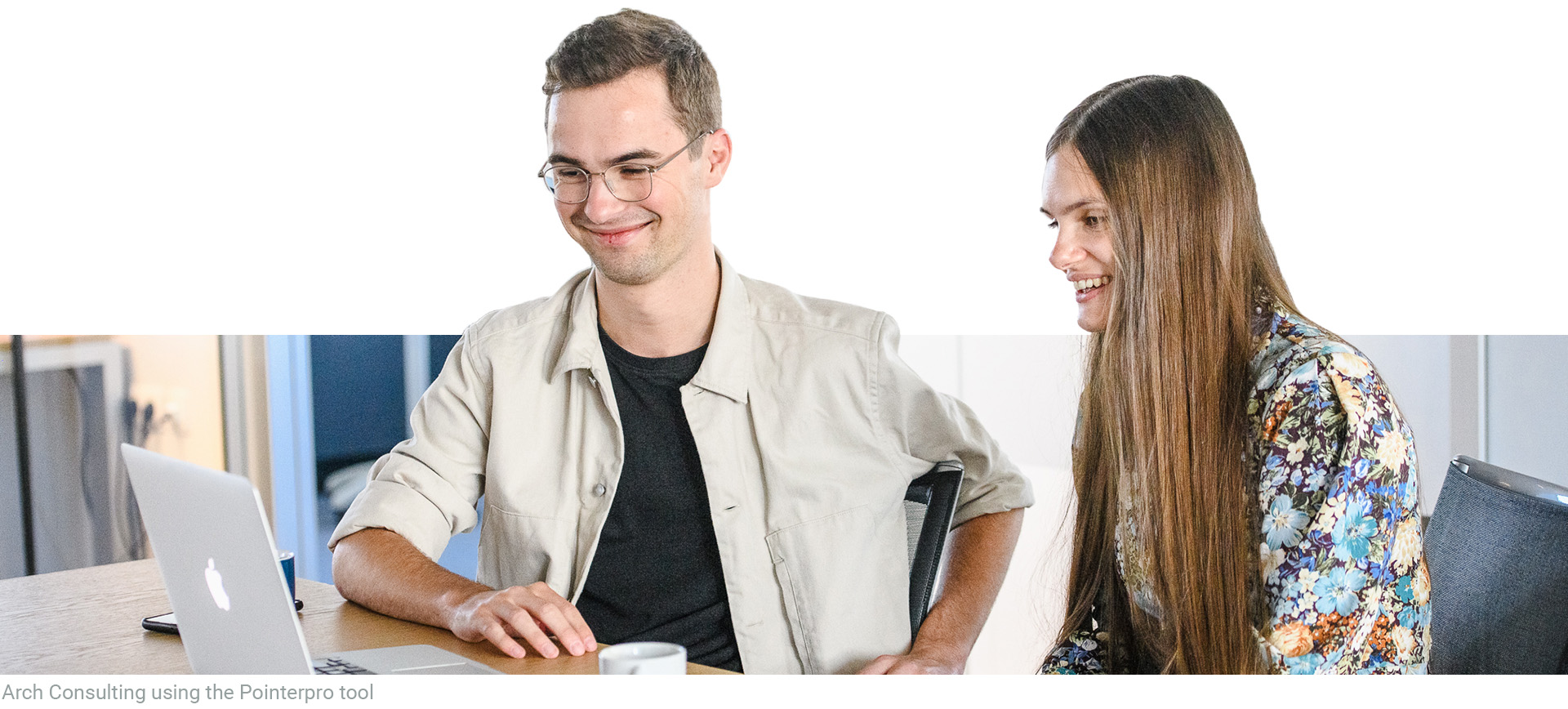Build Big Five personality tests & auto-personalize advice
Big Five personality tests are a tried-and-true recipe.
Now you get to spice it up:
With automated PDF reports that contain personalized feedback for each and every respondent.
Used by 1.500+ coaches and companies worldwide: for lead gen, consulting and HR









Refine your Big Five personality test approach with Pointerpro’s unique features.
Comprehensive analysis
Deeply understand where respondents are on the spectrum of five dimensions and use benchmark data to match up respondents with guidelines.
Nuanced feedback
With custom score calculations, you create limitless outcomes to make your feedback during and after the assessment ultra-personalized.
Clear PDF reports
With the Report Builder, you summarize and visualize recommendations. It’s your golden ticket to deliver value faster than anyone else.
Here’s what Pointerpro users have to say:



Start building your Big Five personality test approach with Pointerpro’s unique features.

Big Five personality tests that advise immediately
Once you’ve set up your assessment score calculations and PDF report template, Pointerpro generates personalized feedback reports for each and every respondent, right after completion (or with a delay if that’s what you prefer).
Your know-how, your design, your brand
The know-how that ensues from your Big Five assessments and reports makes your service fruitful and memorable. The custom and branded designs of your auto-generated PDF reports make it unforgettable.


One tool to manage it all
Typically, a complex and expensive chain of IT tools is required to get from data collection to analysis and reporting. Not with Pointerpro. That said, it’s easy to transfer any data to other apps via Zapier.
How to make a Big Five assessment with automated, personalized advice:
Start by understanding these five-factor model (FMM) personality traits
1. Openness
How curious is the person about new experiences and ideas?
Traits: Imaginative, intellectual, curious, adventurous, daring.
2. Conscientiousness
How socially acceptable does the behavior of the person tend to be?
Traits: Organized, persistent, controlled, self-disciplined, structural.
3. Extraversion
How socially comfortable and how spontaneous is the person?
Traits: Talkative, spontaneous, socially confident, communicative, vivid.
4. Agreeableness
How well and respectfully does the person get along with others?
Traits: Kind, sympathetic, trusting, unselfish, cheerful.
5. Neuroticism
How emotionally stable is the person in situations?
Traits: Unconfident, sensitive, worried, self-critical, unstable.
How it works:
How to determine the Big Five traits with Pointerpro:
ASK
You set up your questionnaire with various question types, once.
ASSESS
You apply the assessment logic with custom scoring, once.
ADVISE
You create a branded report template with variable outcomes, once.

Why build a Big Five personality test? Who benefits?
A Big Five personality test is a great tool for a career coach or consultant to (pre-)determine potential career paths for respondents. With actionable feedback, a person can steer towards professions and company cultures that align with their core personality traits and core talents. Everybody benefits:
- The career consultant
- The (potential) employee
- The company or organization
Create your first interactive questionnaire today.


